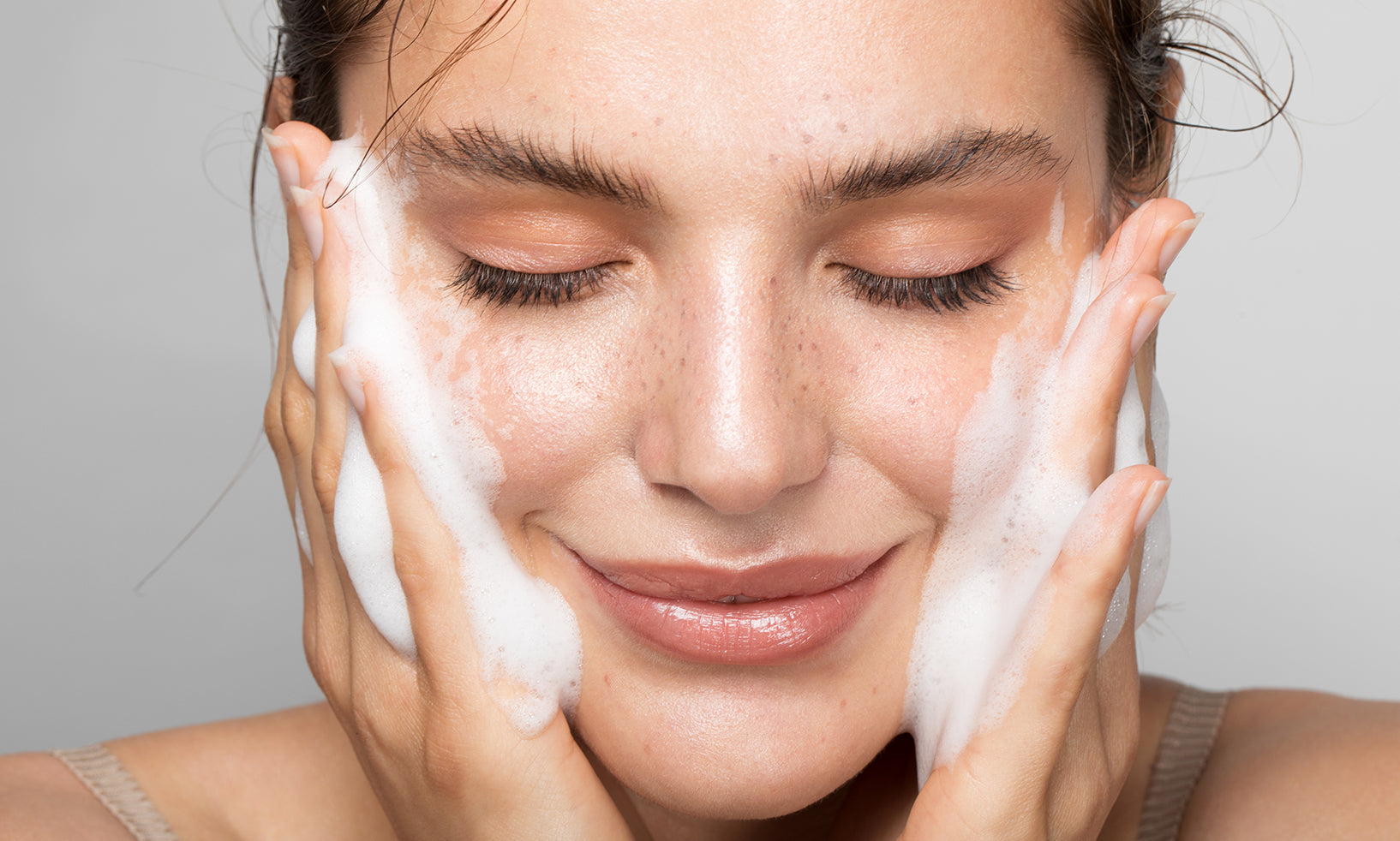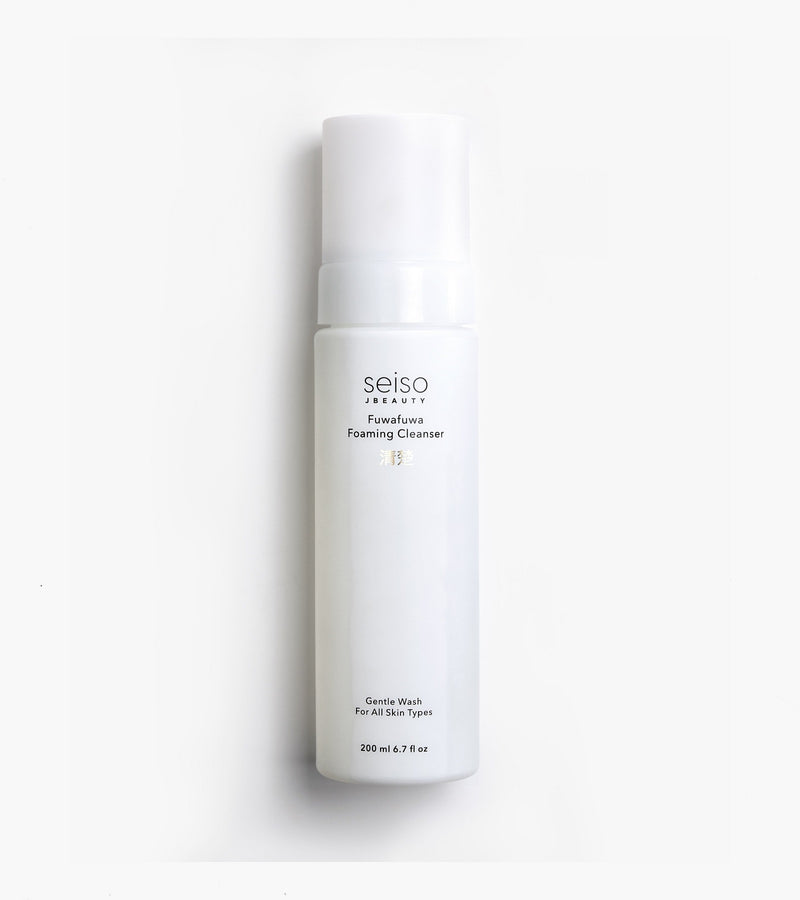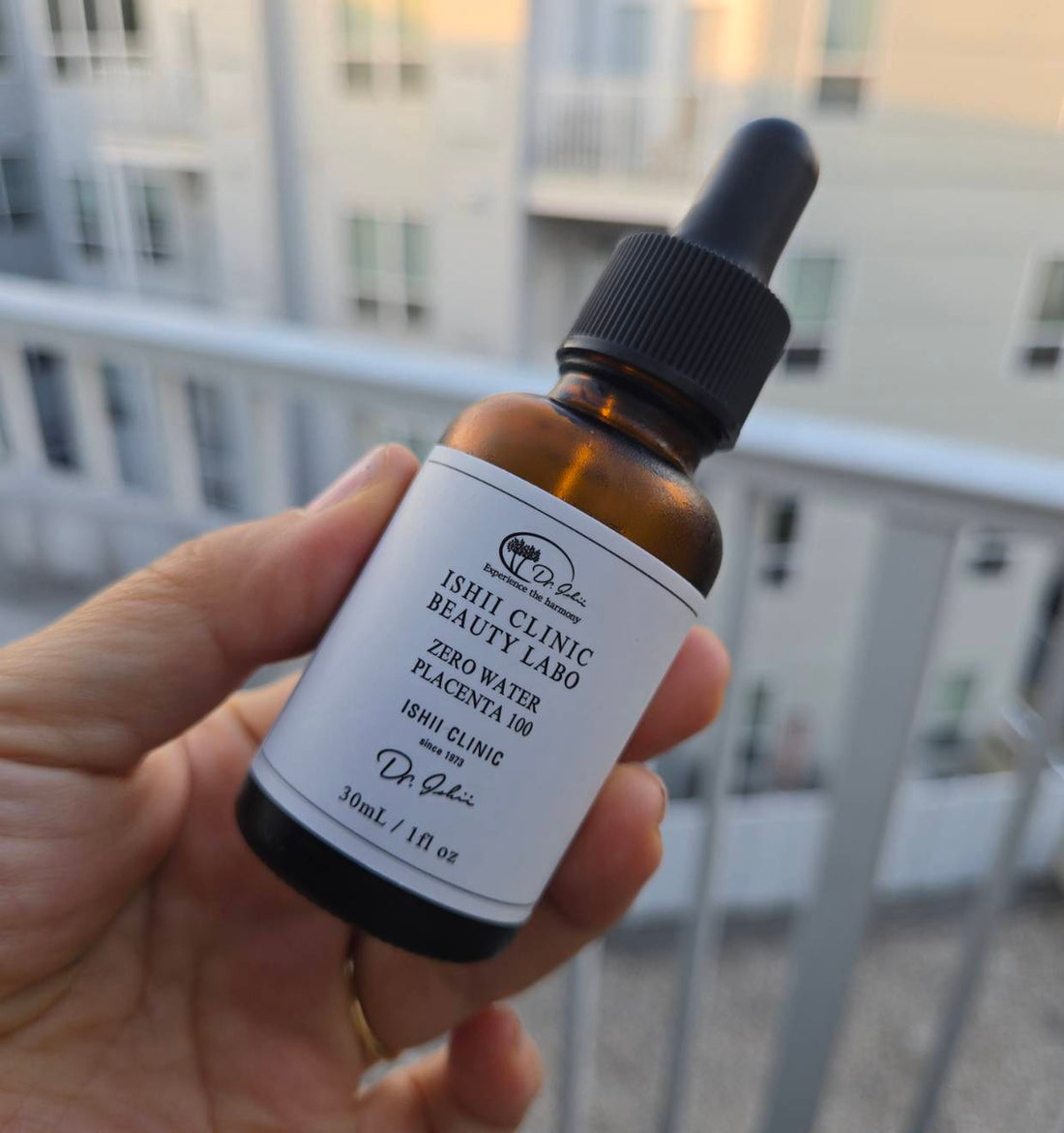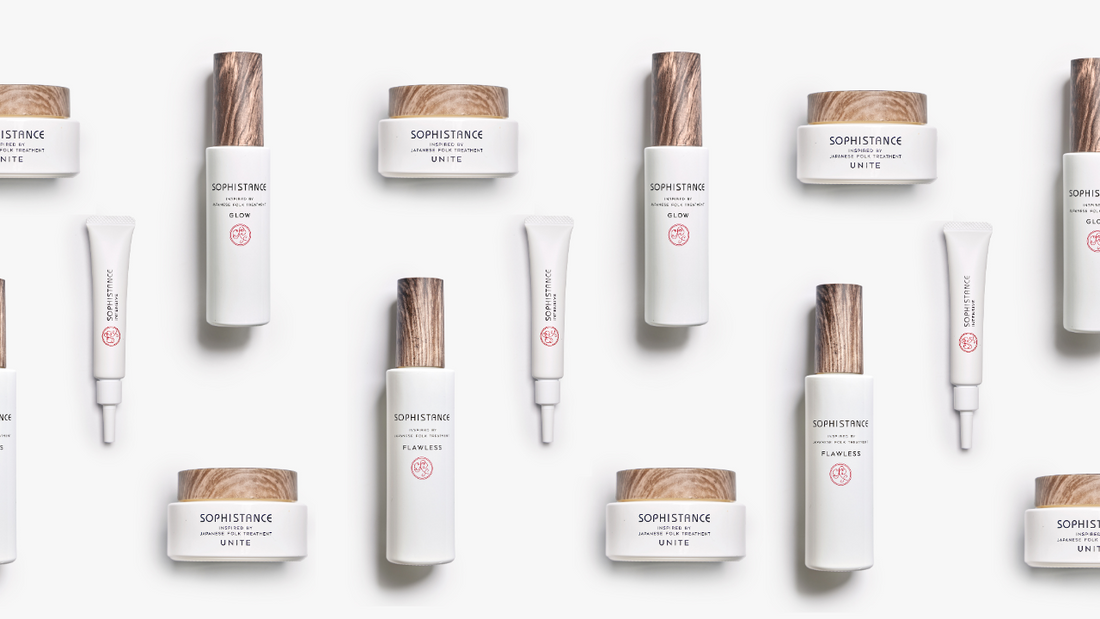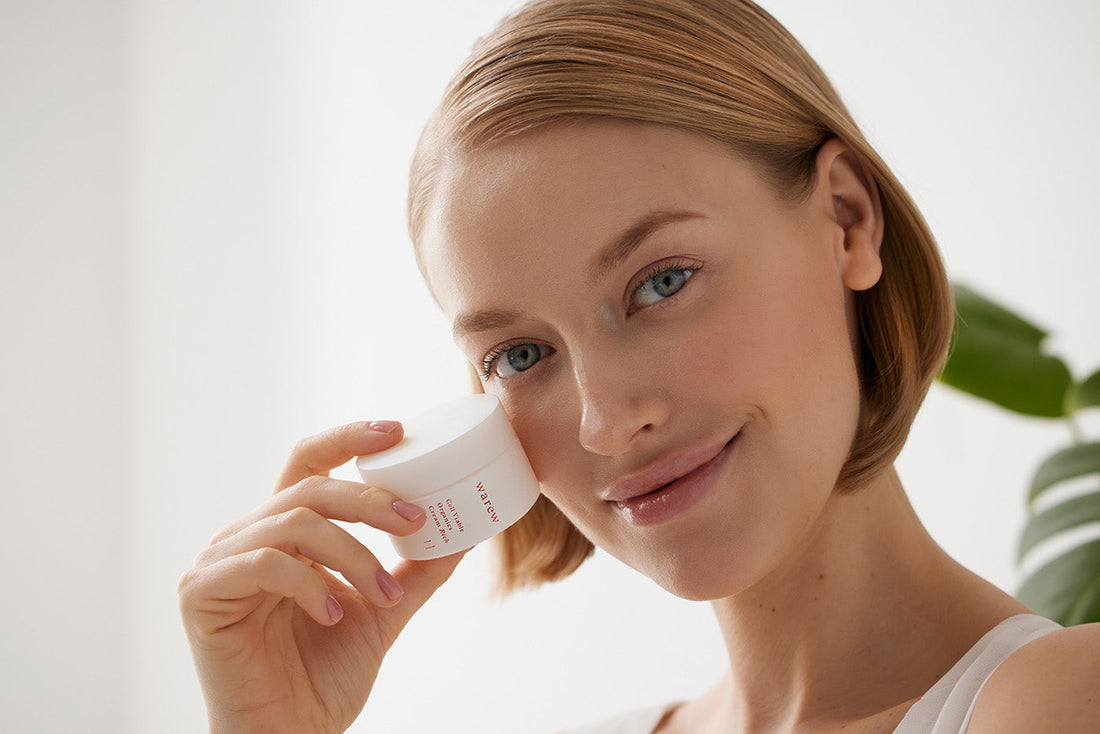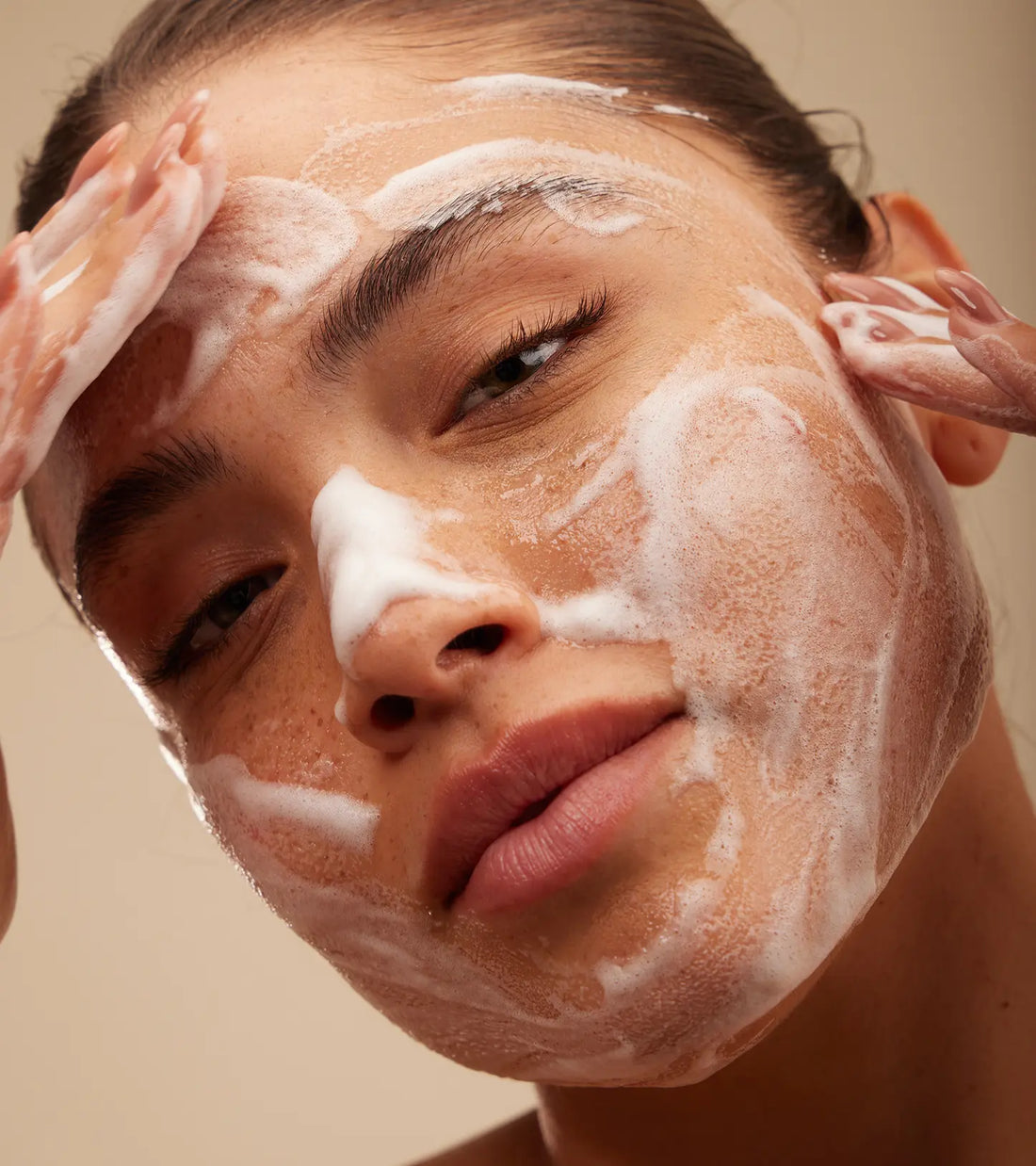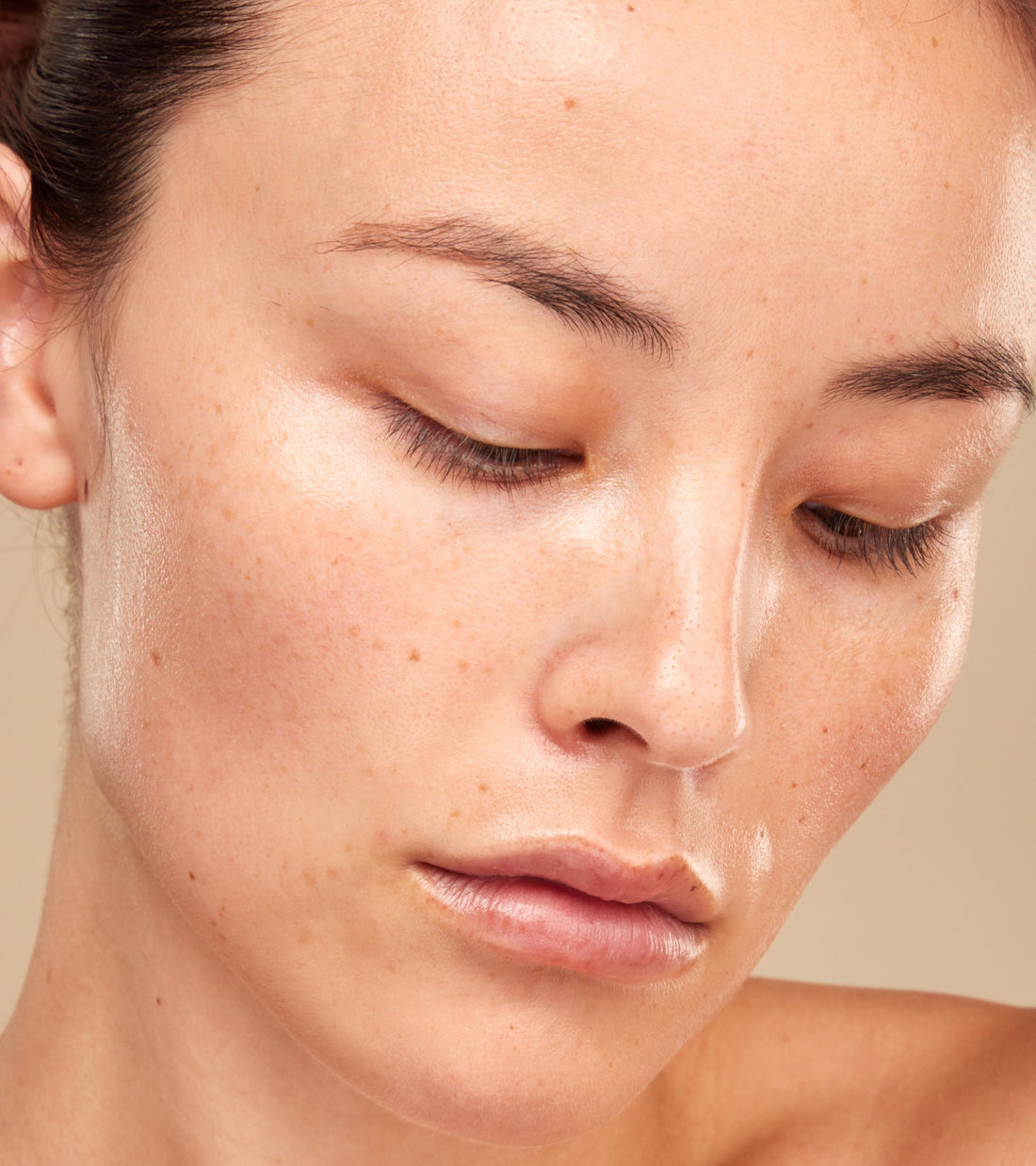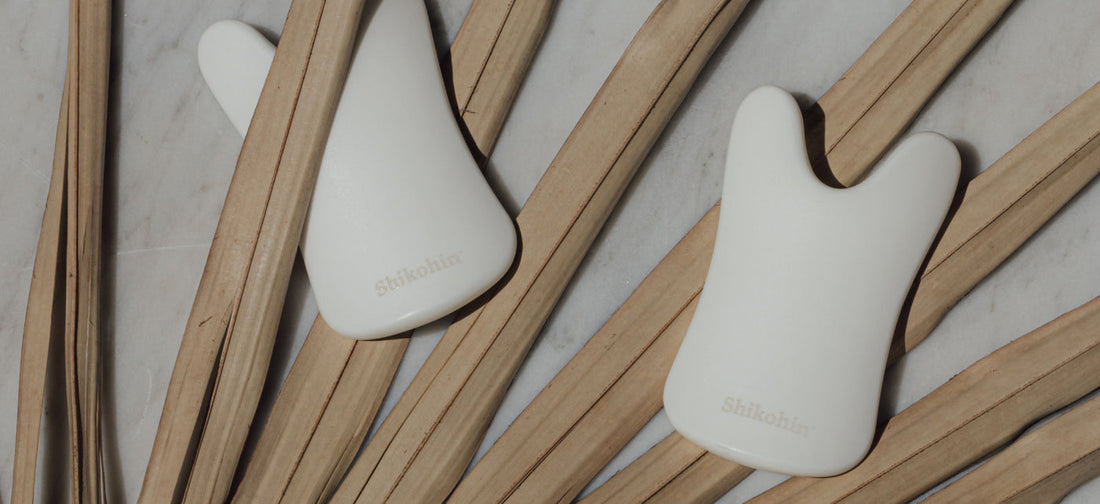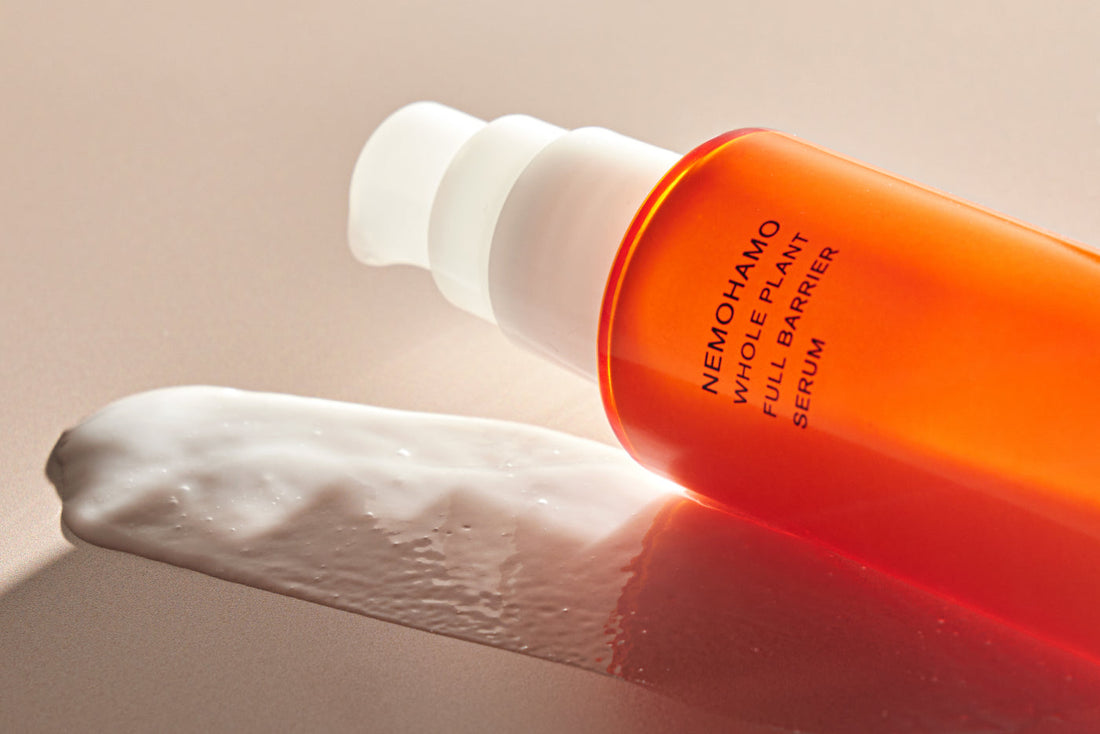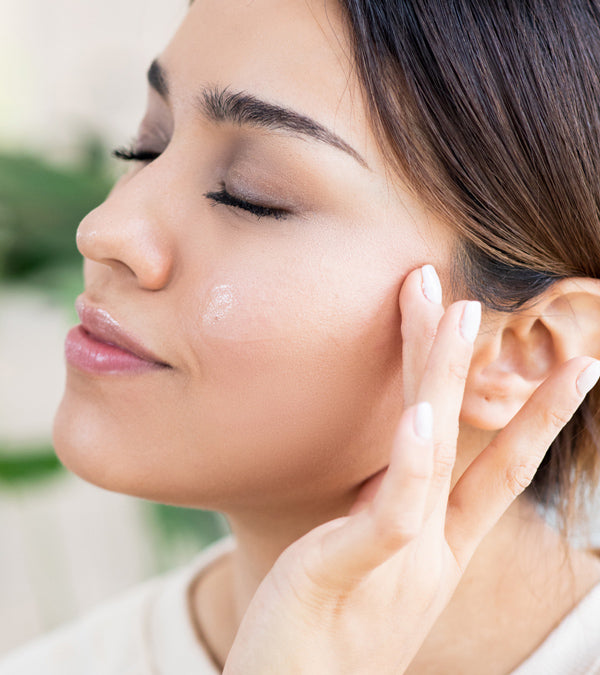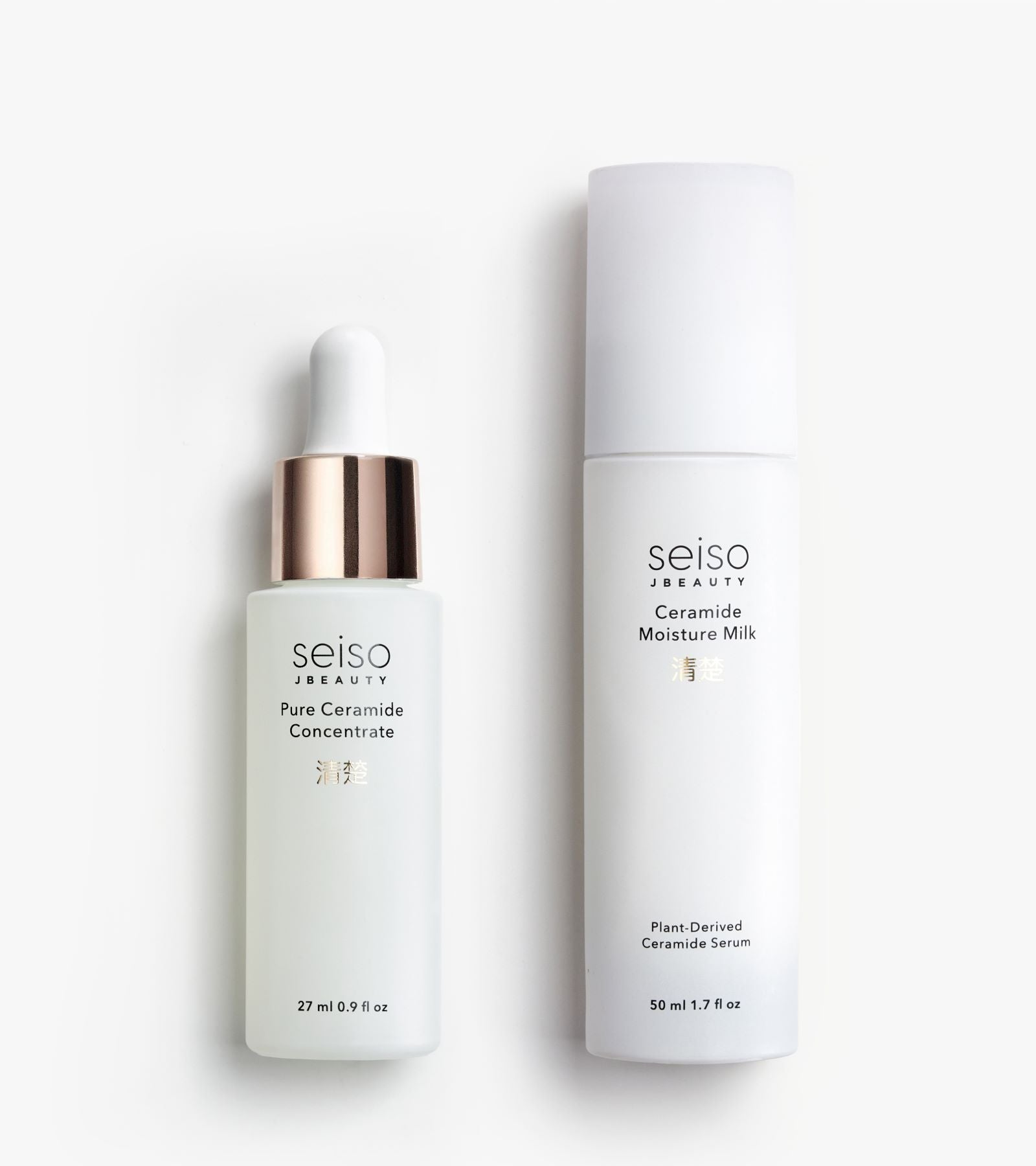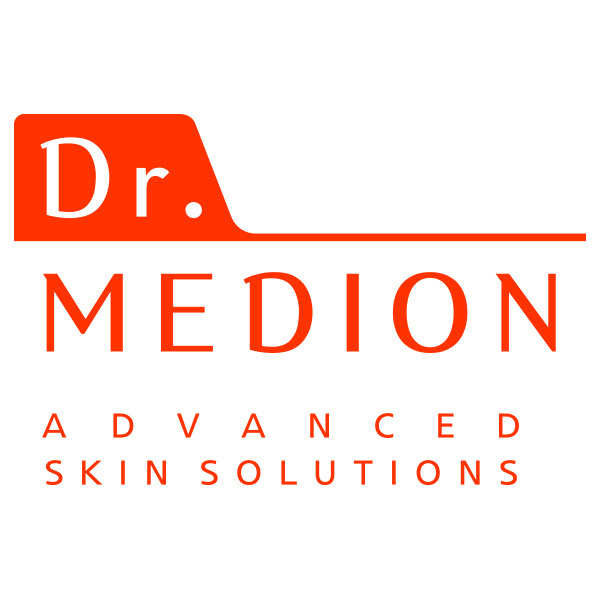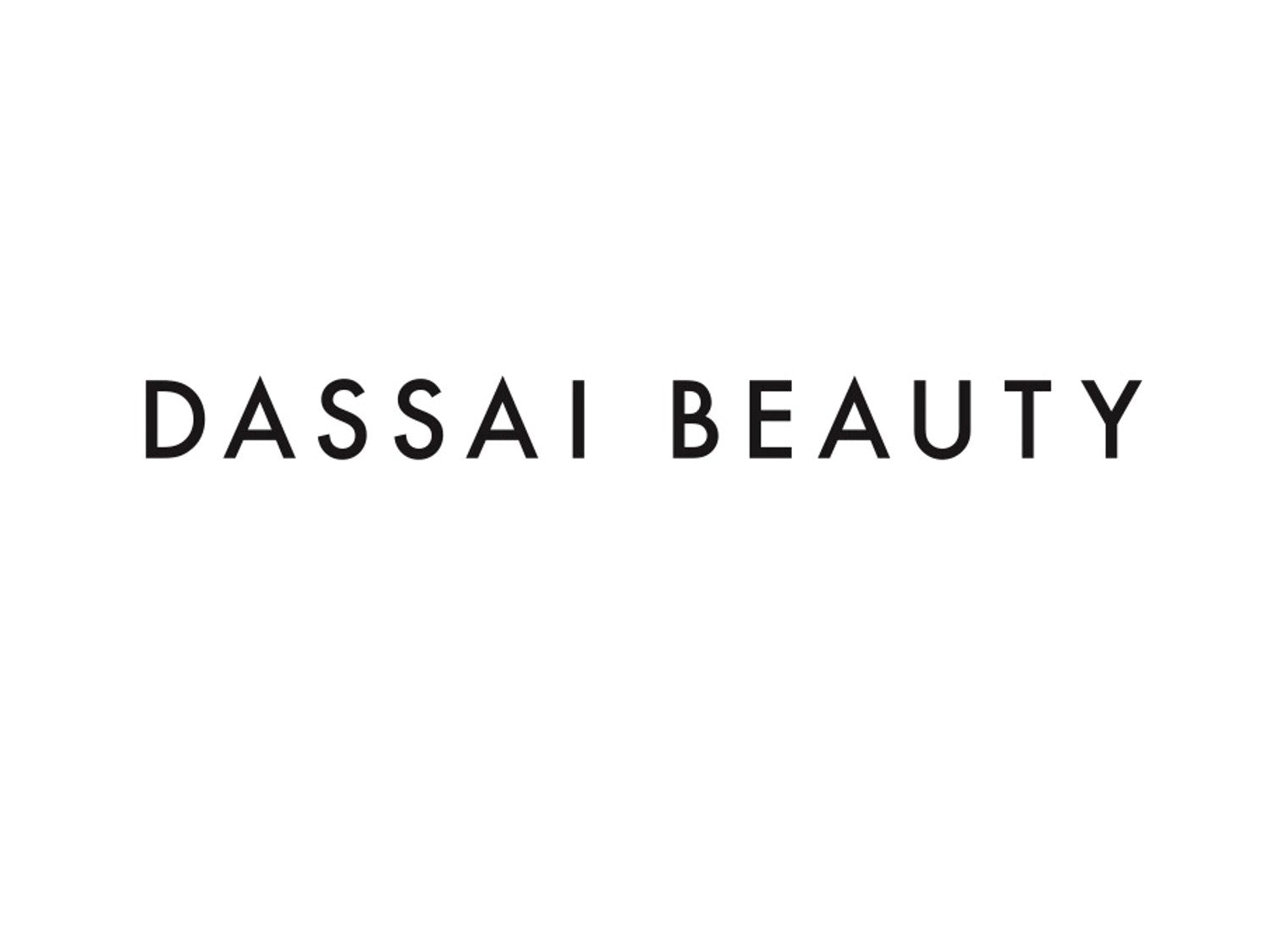The Double Cleanse Method for a Clean Face
We expect a lot from our faces. They express how we’re thinking or feeling; they are our most visible unique characteristic; they are often our first impression to the world; and yet they’re the part of us that is almost always exposed and vulnerable. It’s no wonder that most self-care regimens are centered around providing the greatest care for that most outward, dynamic aspect of the self: the face. Japanese skincare is no different.
While J-Beauty is built upon simple rituals with very few steps, one element of skincare is so important that two steps are often devoted to it. The “double cleansing” method is a signature of Japanese skincare, and is a two-step face cleansing method upheld as the ultimate way to achieve pure skin. The question we often get is, 'Is double cleansing necessary?" Our answer is yes! The typical first step—such as oil-based cleansing—is used to remove makeup using a product designed for that purpose; the second step deep cleans the face and primes it for the next steps in your routine. And while double cleansing isn’t always necessary (some products like Lala Vie Cleansing Balm provide effective makeup removal and deep cleansing in one convenient solution), having a clean face is always the most important first step to any J-Beauty skincare routine.
Why Double Cleansing Is Important
- Renewing your skin
- Balance moistures
- Nourish the skin
Renewal
Our faces are usually the only thing we don’t cover up with clothes, so they’re constantly exposed to the worst parts of everyday life: dirt, pollution, bacteria, weather extremes, and more. If you wear makeup, that’s another layer that can trap grime. Cleansing is essential for removing any impurities and restoring your face to its most natural state—which is where it needs to be for optimal penetration before you proceed to the next steps of your skincare routine. If your skin is not clean, using products or makeup over it can cause enlarged or clogged pores and create a blockage of skin follicles that traps sebum and allows bacteria to penetrate the skin. This can lead to inflammation and acne—the opposite of healthy skin.


